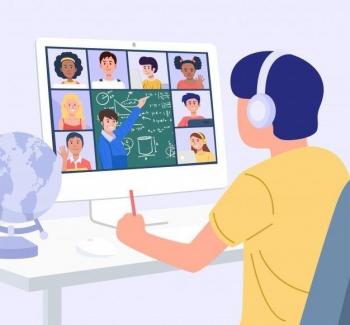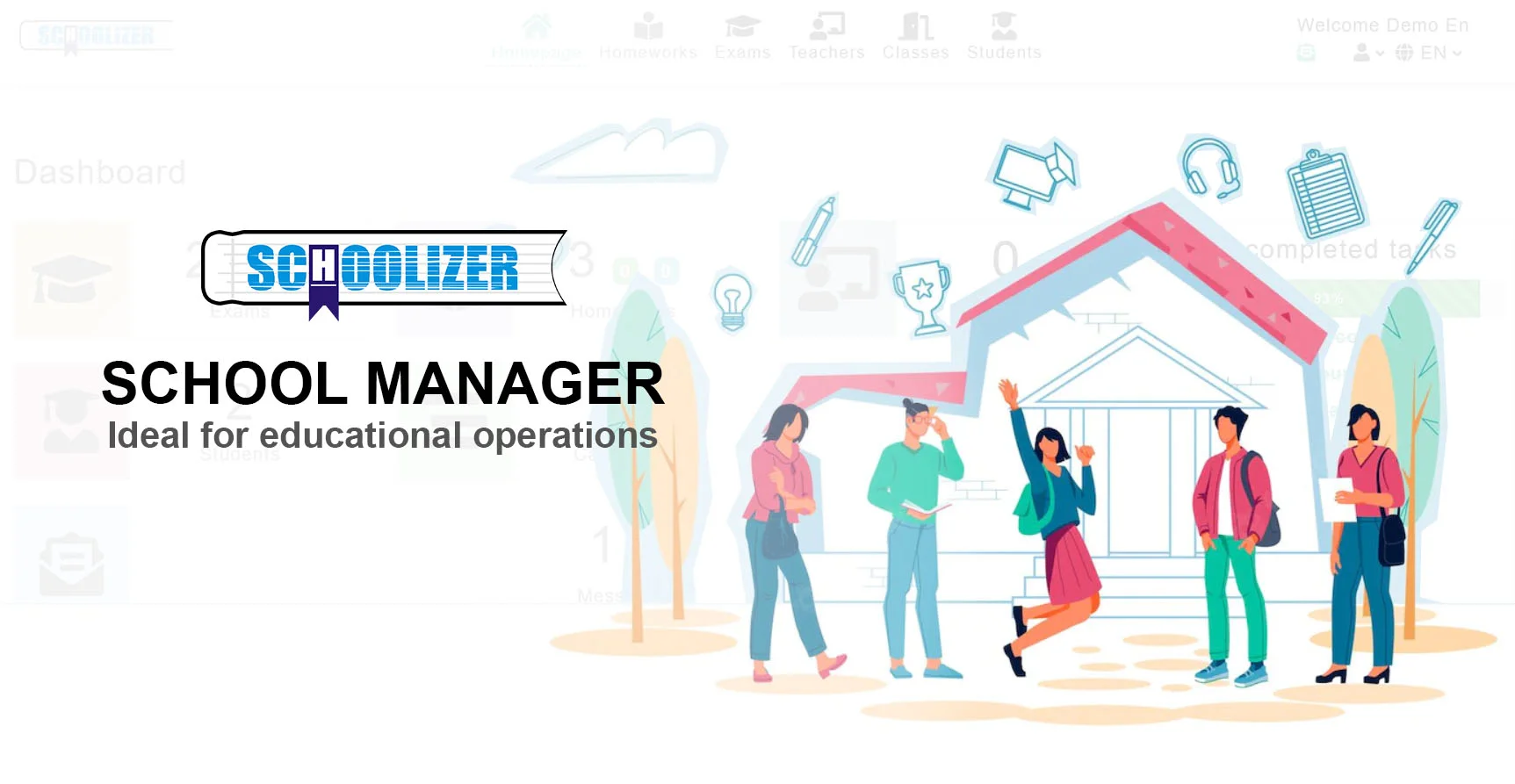How Tutoring Can Shape the Next Generation of Educators

How Tutoring Can Shape the Next Generation of Educators
What if tutoring could do more than just help students catch up academically? What if it could also serve as a training ground for future teachers? Why is tutoring often overlooked as a pathway into the teaching profession? How can schools and policymakers leverage tutoring programs to build a sustainable pipeline of educators?
The Untapped Potential of Tutoring Programs
Tutoring has long been recognized as an effective way to provide personalized academic support to students. However, its role in cultivating future educators is frequently underestimated. Many tutors are college students or recent graduates who possess subject-matter expertise but lack formal teaching experience. Tutoring offers them a low-stakes environment to develop essential pedagogical skills, such as lesson planning, differentiated instruction, and classroom management.
For example, programs like City Year and Reading Partners place tutors in underserved schools, where they not only assist students but also gain firsthand exposure to the challenges and rewards of teaching. These experiences often inspire tutors to pursue careers in education, addressing critical teacher shortages.

Bridging the Gap Between Tutoring and Teaching
Transitioning from tutoring to teaching may seem natural, but it requires intentional support. Many tutors lack access to mentorship or professional development opportunities that could prepare them for full-time teaching roles. Schools and districts can bridge this gap by creating structured pathways that allow tutors to earn teaching credentials while continuing to work.
One successful model is the Boston Teacher Residency, which combines coursework with hands-on tutoring and classroom experience. Participants receive a stipend and, upon completion, a teaching license. This approach not only prepares tutors for the classroom but also ensures they are familiar with the school's culture and student population.

The Benefits of a Homegrown Educator Pipeline
Recruiting teachers from tutoring programs offers several advantages. First, these individuals are already familiar with the school's community and student needs. Second, they have demonstrated a commitment to education, which can improve retention rates. Third, they bring fresh perspectives and innovative teaching strategies honed through one-on-one interactions.
A real-world example is the Denver Teacher Residency, where former tutors make up a significant portion of new hires. These educators often outperform their peers in classroom effectiveness and student engagement, proving the value of this pipeline.

Overcoming Barriers to Implementation
Despite its potential, scaling tutoring-to-teaching pathways faces challenges. Funding is a major obstacle, as many schools lack resources to support tutor training programs. Additionally, certification requirements can be daunting for tutors who must balance work with coursework.
To address these barriers, states like Tennessee have introduced Grow Your Own initiatives, which provide financial aid and flexible scheduling for tutors pursuing teaching degrees. Partnerships with local universities can also streamline the certification process.

Practical Steps for Schools and Districts
For schools interested in developing a tutoring-to-teaching pipeline, here are actionable steps:
- Partner with local colleges to create dual-enrollment programs for tutors.
- Offer scholarships or stipends to tutors pursuing teaching credentials.
- Provide mentorship from experienced teachers to guide tutors through the transition.
- Advocate for policy changes that recognize tutoring experience toward certification requirements.
By taking these steps, schools can cultivate a sustainable source of passionate, well-prepared educators.

The Future of Tutoring in Teacher Development
As education systems grapple with teacher shortages and equity gaps, tutoring programs present a viable solution. By reframing tutoring as a stepping stone to teaching, we can attract diverse talent into the profession and improve outcomes for students.
Programs like Teach For America have already demonstrated the potential of alternative pathways into teaching. Expanding this model to include tutoring could further diversify and strengthen the educator workforce.






